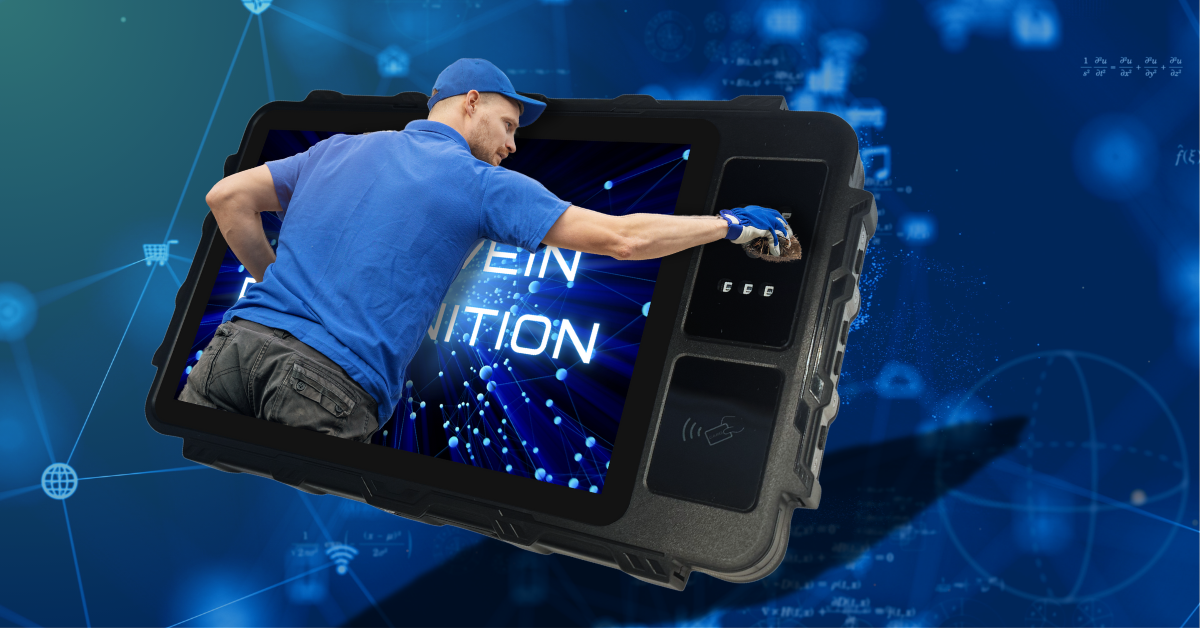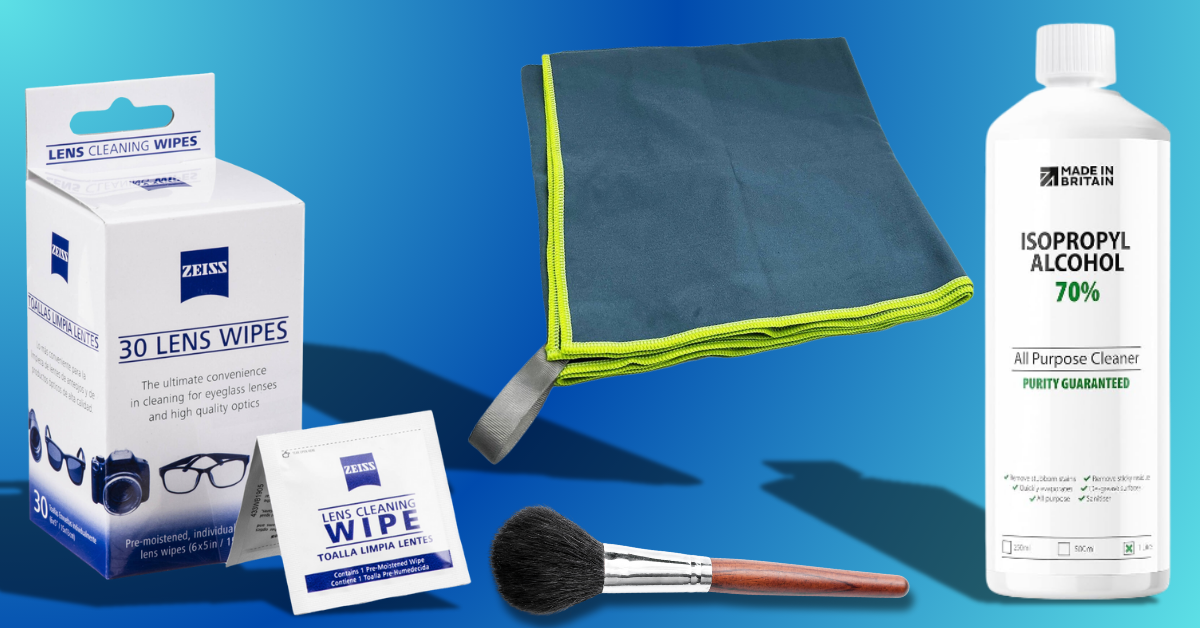Categories
Biometric devices, whether for fingerprint, facial, or palm vein recognition, are indispensable for secure and efficient authentication in homes, workplaces, or public spaces. However, dirt, oils, or dust can compromise their performance, leading to scan failures and user frustration.
That’s why cleaning biometric sensors is crucial for maintaining accuracy and building trust, especially when 81% of Americans express biometric privacy concerns, per a 2023 Pew survey. This guide shares my practical approach to cleaning biometric sensors effectively, using everyday tools to keep your devices in top shape.

To start cleaning biometric sensors, gather the right tools to ensure a safe and effective process. I rely on a microfiber cloth, perfect for its soft, scratch-free texture—think of the ones used for phone screens or eyeglasses. For quick cleans, I love pre-moistened screen-cleaning wipes, designed for delicate electronics and safe for sensors.
For stubborn grime, I use distilled water paired with a lint-free cloth, available at most stores, but I avoid harsh cleaners like ammonia that could damage the sensor. A small, soft brush—like one repurposed from an art or makeup kit—helps dislodge dust from facial or palm vein scanners. Keeping these supplies ready simplifies cleaning biometric sensors.

Before diving into cleaning biometric sensors, I always switch off or unplug the device to prevent accidental scans or damage—a lesson learned after triggering a scanner mid-clean! Next, I inspect the sensor closely: fingerprint scanners often show oily smudges from frequent use, facial recognition lenses may have fingerprints from accidental touches, and palm vein readers can accumulate dust in open areas.
This is also a good time to check for scratches or cracks, which might require professional repair to avoid worsening. This inspection helps tailor my approach to cleaning biometric sensors based on the device’s condition.
Power off or disconnect the device for safety.
Look for damage like scratches that may need expert attention.
Oily marks on fingerprint sensors from daily handling.
Dust on palm vein readers or smudges on facial camera lenses.
For cleaning biometric sensors, a gentle approach is key to avoid harming delicate surfaces—I’ve learned that overzealous scrubbing can cause trouble. Using a dry microfiber cloth, I wipe the sensor in small, circular motions, whether it’s a fingerprint pad, facial lens, or palm vein scanner.
For light smudges, like faint fingerprints, I use a screen-cleaning wipe, applying minimal pressure to lift the residue. This quick method keeps biometric sensors spotless for routine use, and it’s rewarding to restore their clarity in seconds.
Wipe in circular motions with a microfiber cloth to remove dust.
Focus on sensor edges where dirt tends to collect.
Use a screen-cleaning wipe for light smudges on facial or palm vein sensors.
Wipe gently to preserve the sensor’s protective coating.
When gentle wipes don’t cut it—like the time my fingerprint scanner had sticky residue from a spilled drink—I turn to distilled water for cleaning biometric sensors safely. I lightly dampen a lint-free cloth with distilled water, ensuring it’s not dripping, and wipe the sensor in a single direction, whether it’s a fingerprint surface or a facial camera lens.
For palm vein scanners, I use minimal water to avoid affecting infrared sensors, then dry immediately with a microfiber cloth. I let the sensor air dry for 1–2 minutes to ensure no moisture remains before powering it back on, keeping biometric sensors in prime condition.
Dampen a lint-free cloth sparingly to avoid liquid seepage.
Wipe fingerprint sensors gently to lift stubborn oils.
Allow facial lenses to air dry briefly after cleaning.
Ensure palm vein sensors are completely dry for accurate scans.
A consistent routine is my secret to cleaning biometric sensors long-term, preventing buildup and maintaining performance. At home, I wipe my sensors bi-weekly with a microfiber cloth or screen wipe—a 30-second task that keeps them pristine. In high-traffic areas, like a shared office scanner, I’d clean daily to handle heavy use.
Monthly, I use a soft brush to clear dust from sensor edges, especially on palm vein readers in dusty environments. I store my cleaning tools in a nearby box and share these tips with colleagues to ensure everyone maintains the system properly, reinforcing trust in biometric care.
Bi-weekly wipes at home; daily cleaning in busy public spaces.
Monthly dusting with a soft brush for high-use or exposed sensors.
Teach others to clean gently to prevent sensor damage.
Keep a simple cleaning guide accessible for all users.
From my hands-on experience, cleaning biometric sensors for fingerprint, facial, or palm vein recognition is straightforward yet transformative, ensuring reliable operation and user confidence. Using tools like microfiber cloths, screen wipes, and distilled water, paired with a regular maintenance schedule, keeps your biometric sensors clean and functional. These practical steps, informed by my real-world challenges, make cleaning biometric sensors an effective strategy for maintaining accuracy and trust in 2025, delivering a seamless experience for all users.